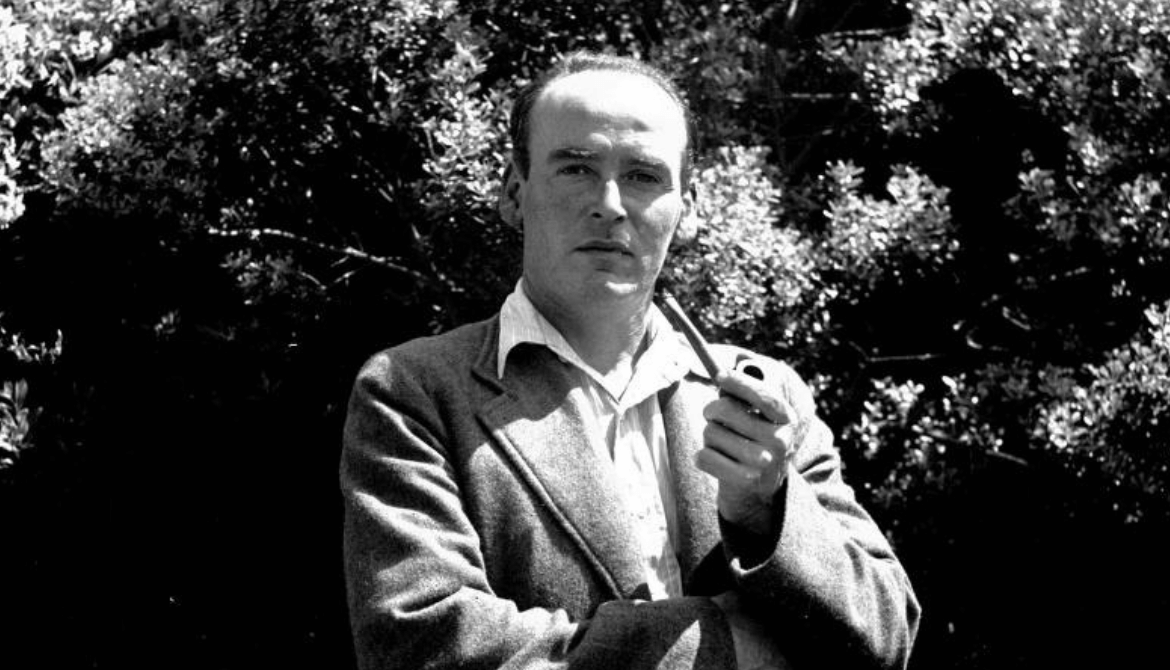This month's Now We're Talking blog will explore Michael J. Murphy's short form writing both fiction and non-fiction.
Articles, Short Stories, Books and Radio Blog by Sean Hayes
As well as being an industrious collector of folklore, Michael J. Murphy was a prolific writer. We have already explored the plays written by Murphy in a previous blog. This month we will be looking at his short form writing both fiction and non-fiction.
Michael J left school at 13 and began working as a labourer on local farms in South Armagh. In his early twenties he felt a strong desire to write so he saved up enough money to purchase an old typewriter and began writing. Based on the size and volume of the archive he left behind it seems as if he never stopped writing for the rest of his life. Most of his writing was done by typewriter which he found kept pace with his thoughts better than a pen. The collection contains draft upon draft of many ideas for articles, stories and talks all of which include handwritten annotations pointing out where improvements could be made or unnecessary text could be cut. The team recently sorted and listed eight boxes of these drafts and publications. This part of the archive reveals the evolution of Michael J. Murphy the writer.
Articles
Murphy’s earliest endeavours as a writer appear in the form of prose articles submitted to newspapers, magazines, journals and periodicals across Ireland throughout the 1930s and 1940s. He kept a list of the articles he sent, when he sent them, to which newspaper and how much he was paid. This can be seen in D4642/2/4 on the PRONI eCatalogue. These pieces often describe some aspect of rural life and are written with a beautiful simplicity describing vivid pictures of days spent in the fields or evenings in the local céilí house. His natural aptitude for capturing a moment in words really shines through in these pieces. It is hard not to be drawn into these scenes when reading. There is something in his tone that invites the reader in and bids them to stay a while in Michael J’s wee world.
He sent his articles to newspapers like The Irish Press, The Belfast Telegraph, and The Evening Herald. He also contributed to various magazine and periodicals, an interesting one from his early career was an article published by The Catholic Scout under the pseudonym ‘Mr. Midnight’. The articles helped him develop as a writer and showed his interest in folklore as many of the articles were stories he had heard or descriptions of traditions surrounding events such as the harvest. The publication of his writing put him in the public eye, and he began receiving praise from readers who recognised his talent.
Below we can see four articles about the custom of the Hiring Fair written by Murphy between the 1930s and 1960s. They are available to view (catalogue reference number D4642/11/3/102) onsite in PRONI and will be available to view in the PRONI eCatalogue and at Tí Chulainn, Mullaghbane by the end of December 2025. The articles are a good representation of Murphy’s constant reworking of similar themes throughout his career.
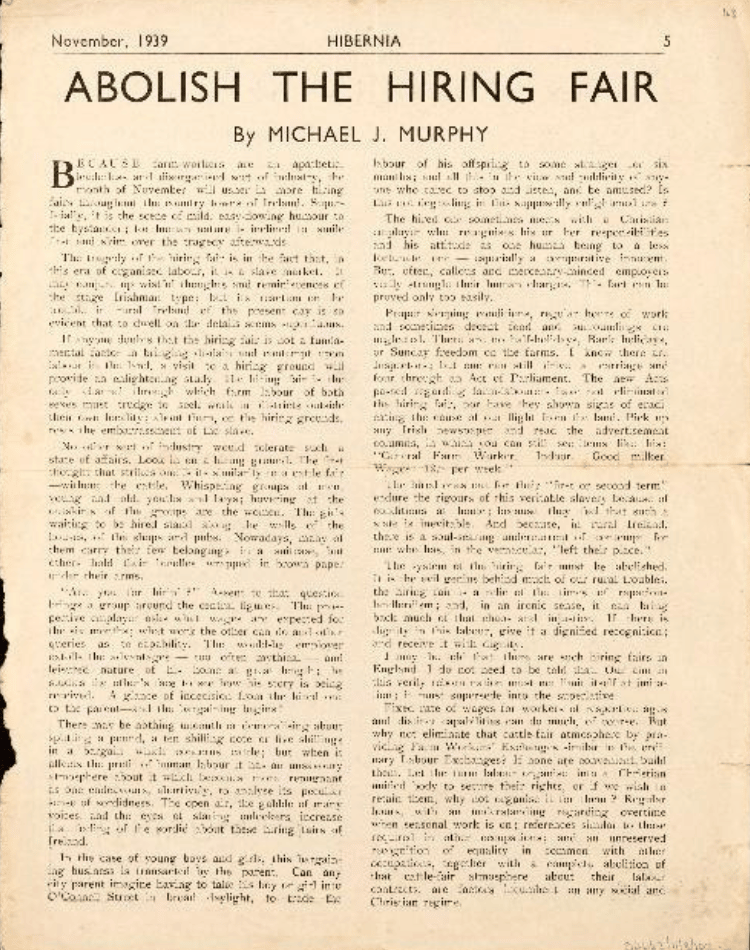
D4642/11/3/102 (page 43) – Hibernia, November 1939
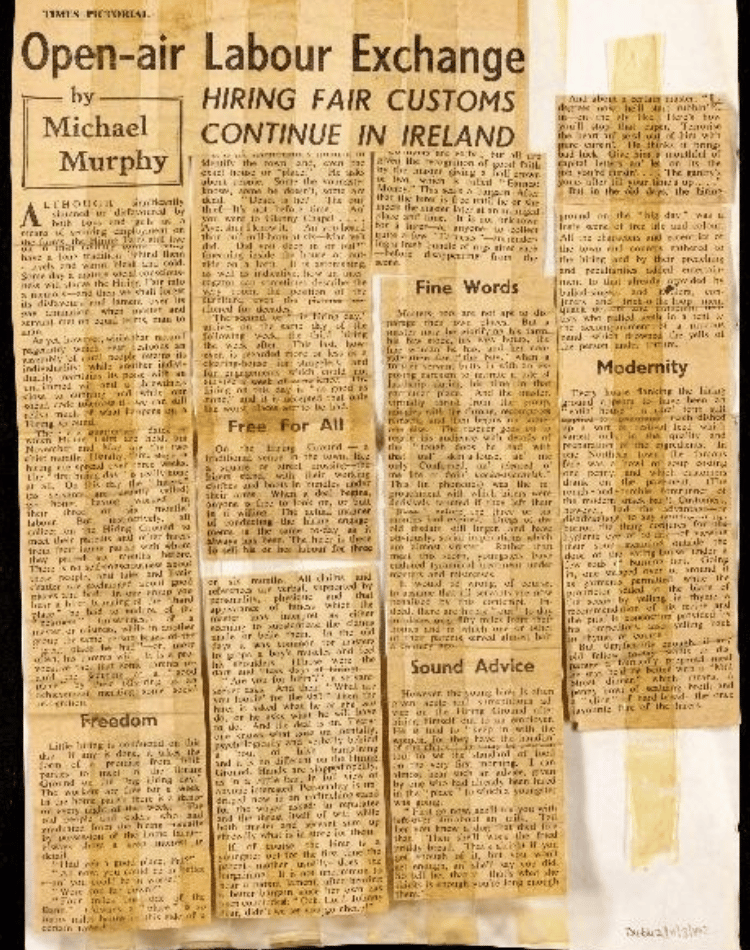
D4642/11/3/102 (page 45) – Times Pictorial, 11 November 1944
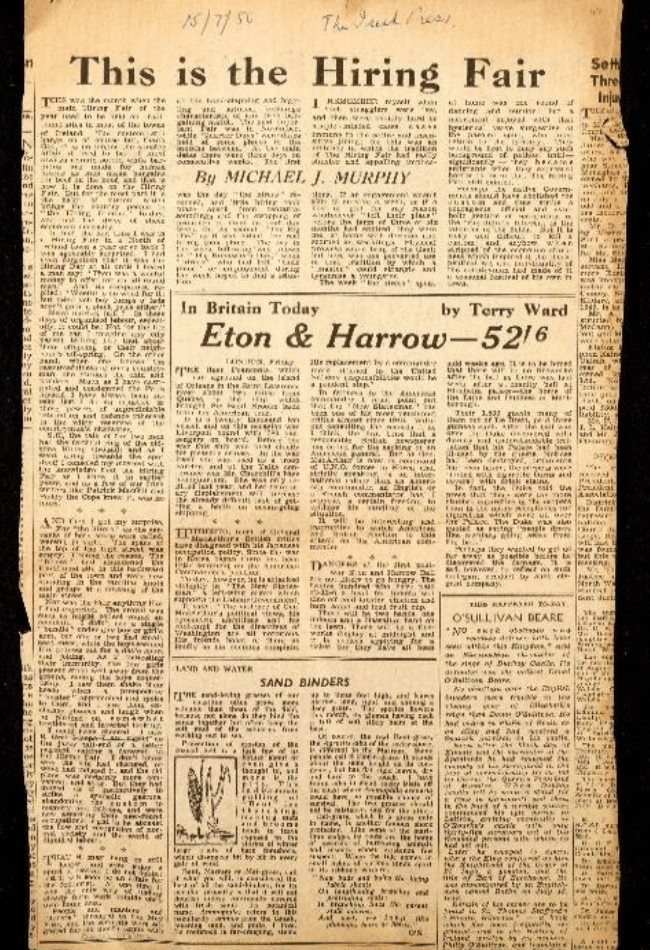
D4642/11/3/102 (page 47) – The Irish Press 15 July 1950
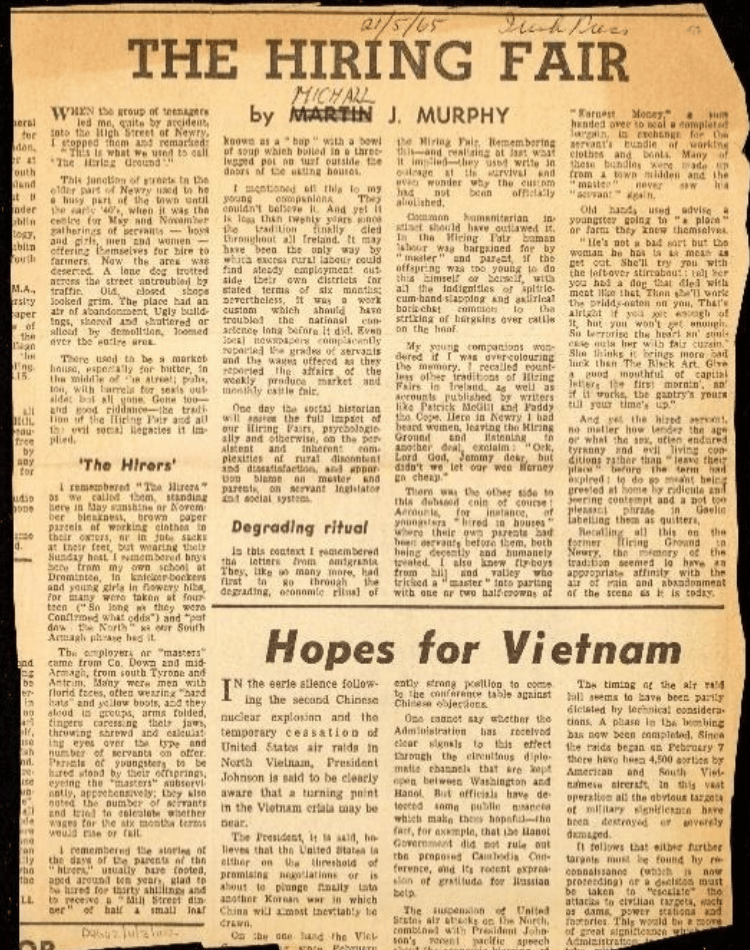
D4642/11/3/102 (page 52) – The Irish Press, 21 May 1965
Books
Murphy ‘s efforts eventually resulted in finding a publisher for his first book. Not an easy thing to do and especially for a man who left formal education so young. His first book At Slieve Gullion’s Foot was published by Dundalk-based Dundalgan Press in 1941. The book is a reworking of many articles Murphy had written in the 1930s with some extra narrative added to join them together. The book details the folklore, customs, traditions, games, songs and events of the community he grew up with in Dromintee at the foot of Slieve Gullion. The book gathered some attention locally and William Tempest in Dundalgan Press had to reprint the book five times between 1941 and 1942. Without the book he never would have come to the attention of Seamus Delargy of the Irish Folklore Commission. He began collecting for them part time after this.
His other published books were collections of material he had written for publication in newspapers and magazines or stories he had collected for the Folklore Commission. Collections like Mountain Year (1964), Now You’re Talking (1975), Ulster Folk of Field and Fireside (1983), and The Rising of Yalla Ned and Other Stories (1992) all draw upon a lifetime of writing and collecting. The team here in PRONI spent a week sorting and listing five boxes containing drafts and prints of many of these articles and stories. The result of the task was a comprehensive list of all of Michael J’s short form literary output ready to be further organised and catalogued. It also revealed the deep connections his writing had with his work as a folklore collector and the evolution of his distinctive writing style.
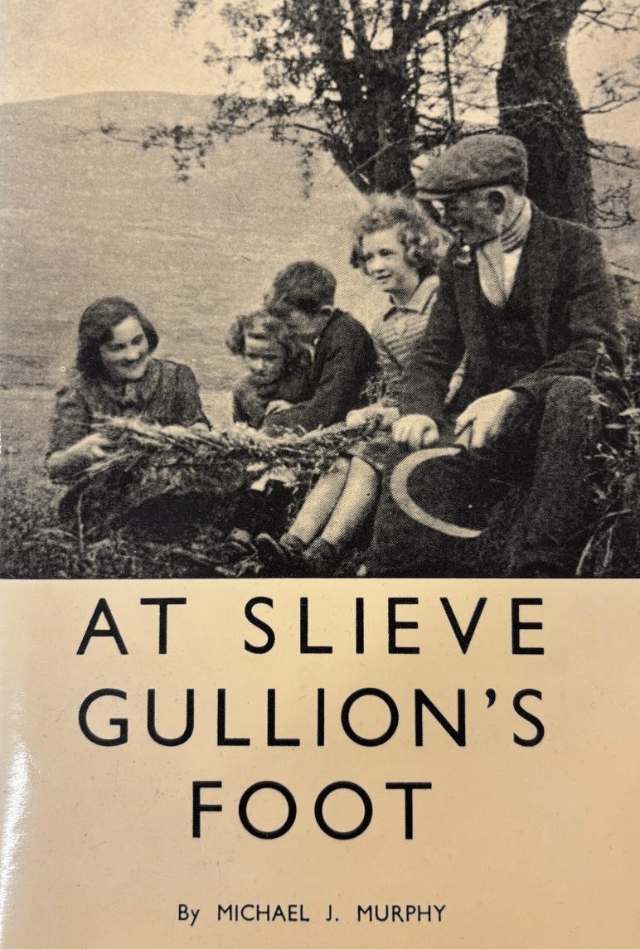
Reprint of At Slieve Gullion's Foot originally published in 1941
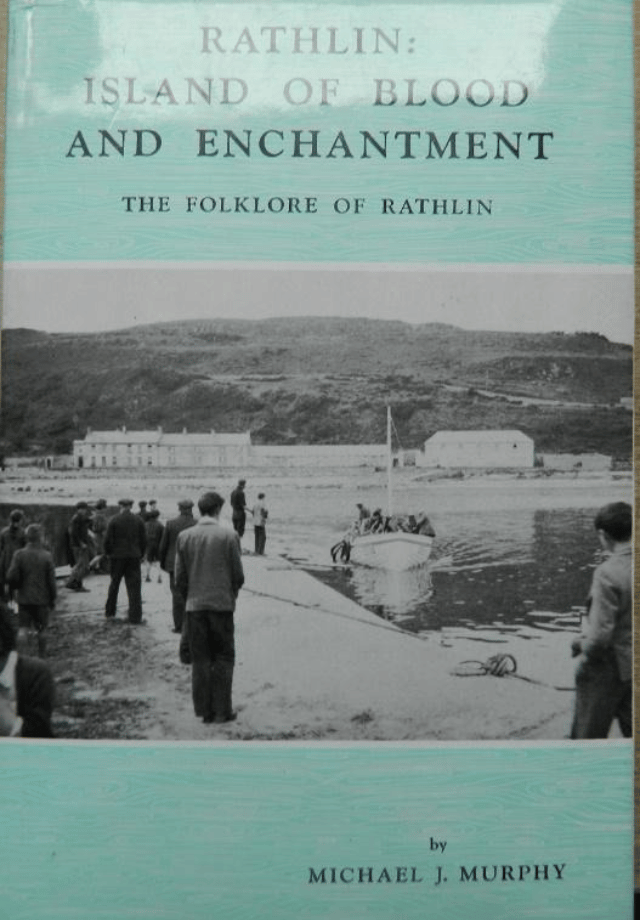
Radio Talks
The interconnectedness of Murphy’s work is always present. His work seems to exist in its own universe that is firmly rooted in his life experience. He often wrote about his own life and his view of the world whilst educating people who were not familiar with his rural way of living. He combined a lot of this with his own charismatic style of speaking and telling stories in his radio talks. The same enchanting voice that comes through in his writing style could be heard directly from the horse’s mouth (as he might say) on BBC radio, and occasionally on Radio Éireann as well. The collection in PRONI includes many radio scripts which Murphy would have used when recording these talks in studio. The radio talks were often based on his experience as a folklore collector and were generally contributions to programmes such as Sam Hanna Bell’s Country Window.
I recently visited the Library and Archive in National Museums Northern Ireland in Cultra and discovered that at least one of Michael J. Murphy’s radio interviews has been preserved in their sound archive. The one I listened to was an episode of ‘Up Country’ from 1977 in which Helen Madden visited him in Drumintee. He told her about life as a folklore collector and told a few stories. It was great to hear his engaging gentle voice speaking with so much joy about his life’s work. You can also listen to this and similar recordings if you are interested in researching Murphy’s career beyond the collection held in PRONI.
Explore the Library and Archives on the National Museums Northern Ireland website.
Conclusion
Michael J. Murphy left behind a rich literary legacy. Between his immense contribution to the Irish Folklore Commission, two produced and many draft plays, ten published books, and the almost endless amount articles, short stories and talks, he gave so much to the literary world. Thanks to the Archives Revealed consortium grant it is now possible for the public to engage directly with this legacy.

Find out more about the project via the Now We're Talking webpage.

